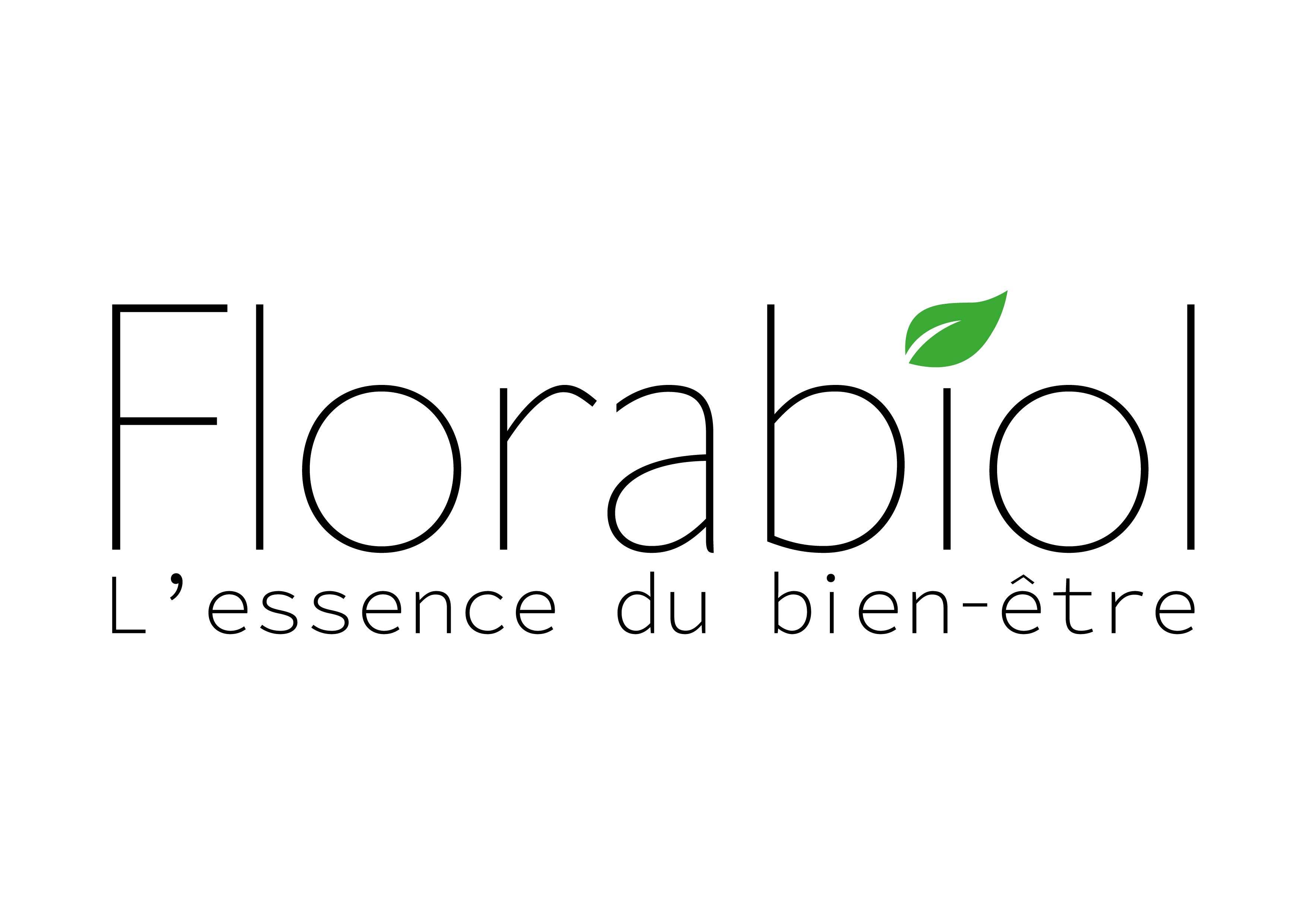Identification botanique
Nom latin : Melaleuca alternifolia
Chémotype : Terpinène-4-ol, gamma-terpinène
Partie utilisée : Feuilles
Origine géographique : Australie, Afrique du sud
Types d'utilisation selon âge
| > 3 ans | > 6 ans | > 12 ans | Adulte | |
| Voie orale diluée | ||||
| Voie cutanée diluée | ||||
| Diffusion |
Conseils d'utilisations
Acné
 Voie cutanée pure | Acné Déposez 1 goutte d’HE de Tea tree sur un coton tige et appliquer localement sur chaque bouton. Synergie : Huile essentielle Géranium rosat A partir de 12 ans 2 fois par jour (matin et soir), Pendant 3 jours |
Aphtes
 Voie cutanée pure | Aphtes Déposez une goutte d’huile essentielle de Tea tree sur un coton tige. Appliquer sur la zone concernée. Synergie : Huile essentielle Géranium rosat A partir de 12 ans 2 à 3 fois par jour Ne pas dépasser une semaine |
Autres propriétés
Antibactérienne majeure à large spectre – antivirale puissant – anti-infectieuse polyvalente – antiparasitaire et antifongique, Immunostimulante puissante, Décongestionnante veineuse et lymphatique
Contre indications
- A partir de 6 ans
- Femmes enceintes ou allaitantes
Allergènes
- Citral ≤ 0,2 %
- Eugénol ≤ 0,1 %
- Géraniol ≤ 0,05 %
- Limonene ≤ 4 %
- Linalol ≤ 0,1 %
Précautions d'emploi
- Tenir hors de portée des enfants.
- A conserver dans un endroit frais, sec et à l’abri de la lumière et de la chaleur.
- Ce produit n’est pas un médicament.
- Demandez conseil à un professionnel de santé avant utilisation.
- Ne pas dépasser la dose journalière recommandée.
- Ne pas utiliser chez l’enfant de moins de 6 ans.
- Déconseillé chez les femmes enceintes ou allaitantes.
- Ne pas dépasser un mois de prise.
Bibliographie
Ouvrage
- Franchomme, P., Jollois, R., & Pénoël, D. (1990). L’aromathérapie exactement : encyclopédie de l’utilisation thérapeutique des huiles essentielles : fondements, démonstration, illustration et applications d’une science médicale naturelle. France: R. Jollo
- Charie, T. (2019). Se soigner par les huiles essentielles. Pourquoi et comment ça marche ? Editions du Rocher.
- Baudoux, D. (2008). L’aromathérapie: se soigner par les huiles essentielles. Editions Amyris.
- Millet, F. (2015). Le grand guide des huiles essentielles. Marabout.
- Zahalka, J. (2017). Dictionnaire complet d’aromathérapie. Editions du Dauphin
Publication
- Hammer, K. (2015). Treatment of acne with tea tree oil (melaleuca) products: A review of efficacy, tolerability and potential modes of action. International Journal of Antimicrobial Agents, 45(2), 106–110.
Lire la publication - Pazyar, N., Yaghoobi, R., Bagherani, N., & Kazerouni, A. (2012). A review of applications of tea tree oil in dermatology. International Journal of Dermatology, 52(7), 784–790.
Lire la publication - Carson, C. F., Hammer, K. A., & Riley, T. V. (2006). Melaleuca alternifolia (Tea Tree) Oil: a Review of Antimicrobial and Other Medicinal Properties. Clinical Microbiology Reviews, 19(1), 50–62. Lire la publication
- Li, W., Li, H., Shi, Q., Sun, T., Xie, X., Song, B., & Huang, X. (2016). The dynamics and mechanism of the antimicrobial activity of tea tree oil against bacteria and fungi. Applied Microbiology and Biotechnology, 100(20), 8865–8875.
Lire la publication - Rieder, B. O. (2017). Consumer exposure to certain ingredients of cosmetic products: The case for tea tree oil. Food and Chemical Toxicology, 108, 326–338.
Lire la publication - Boehm, K., Büssing, A., & Ostermann, T. (2012). Aromatherapy as an adjuvant treatment in cancer care–a descriptive systematic review. African journal of traditional, complementary, and alternative medicines : AJTCAM, 9(4), 503-18.
- Cox, S. D., Mann, C. M., Markham, J. L., Bell, H. C., Gustafson, J. E., Warmington, J. R., & Wyllie, S. G. (2001). The mode of antimicrobial action of the essential oil of Melaleuca alternifolia (tea tree oil). Journal of Applied Microbiology, 88(1), 170–
- Carson, C. F., & Riley, T. V. (2001). Safety, efficacy and provenance of tea tree (Melaleuca alternifolia) oil. Contact Dermatitis, 45(2), 65–67.
Lire la publication


